Pattern Recognition and Trading Decisions
$19.25
| Author(s) | |
|---|---|
| Pages |
367 |
| Format |
|
| Publication Year |
2004 |
Pattern Recognition and Trading Decisions by Chris Satchwell is a practical guide that explores how traders can use pattern analysis to improve decision-making in financial markets. Rather than relying solely on indicators or rigid systems, Satchwell emphasizes the importance of recognizing recurring structures in price behavior and aligning trades with these identifiable patterns.
The book begins by examining the psychology behind market patterns, showing how collective behavior and investor sentiment create repetitive formations across different timeframes. Satchwell explains how these formations—ranging from simple chart patterns to more complex sequences—reflect underlying dynamics of supply and demand. By learning to interpret these patterns, traders can anticipate probable outcomes and structure trades with higher confidence.
One of the core strengths of the text is its focus on the link between recognition and execution. Satchwell stresses that identifying a pattern is only the first step; the real edge comes from making disciplined trading decisions based on that recognition. He provides practical frameworks for confirming patterns, timing entries and exits, and managing trades with risk controls in place.
The book also highlights the role of context. Satchwell encourages traders to avoid applying patterns mechanically and instead consider broader market conditions, volatility, and timeframe alignment. This nuanced approach ensures that pattern recognition becomes a flexible tool rather than a rigid system.
Throughout the text, examples and case studies illustrate how traders can apply these principles in real markets. By walking readers through actual scenarios, Satchwell shows how theory translates into practical trading strategies. His insights appeal to traders who seek to blend technical observation with structured decision-making.
Written in a clear and accessible style, the book avoids unnecessary jargon, making it suitable for both newer traders seeking to build a foundation and experienced practitioners refining their skills. It positions pattern recognition not as a shortcut to profits but as a disciplined method of reading market behavior and responding effectively.
Ultimately, Pattern Recognition and Trading Decisions equips traders with the tools to transform market observations into actionable strategies. By combining psychological insight, technical analysis, and risk management, Satchwell offers a balanced approach that enhances consistency and confidence in trading.
Contents:
- Behavior of Financial Instruments
- Investment Psychology
- Background to Investment Decisions: Practice and Theory
- Introduction to Fundamental Analysis
- Introductory Fundamental Analysis
- Fundamental Analysis in Practice
- Introduction to Technical Analysis
- Technical Analysis without Formulas
- Indicators: Technical Analysis with Formulas
- Trading Patterns
- Forecasting Technologies and Their Limitations
- Exits
- Trends
- Contrarian Strategies
- Trading Systems and Risk Assessments
- Portfolio Diversification
- Management of Portfolio Decisions
Pattern Recognition and Trading Decisions By Chris Satchwell pdf
4 reviews for Pattern Recognition and Trading Decisions
Clear filtersOnly logged in customers who have purchased this product may leave a review.

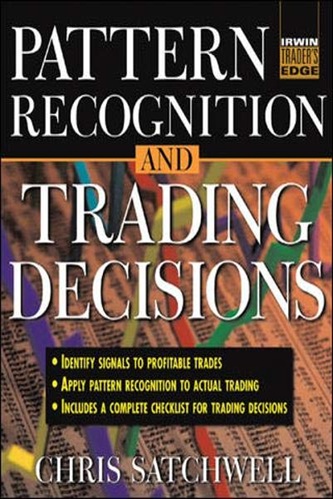
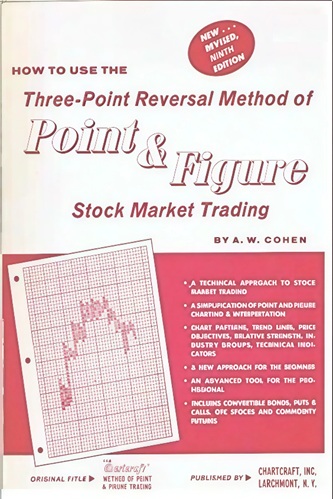

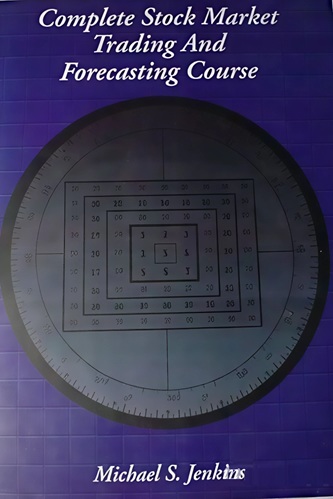

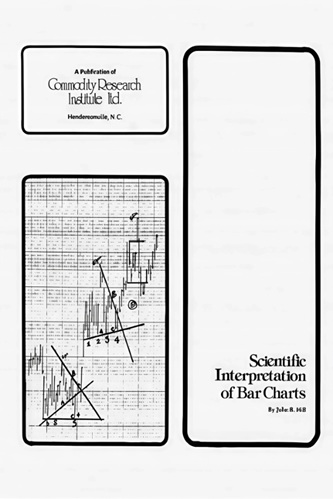
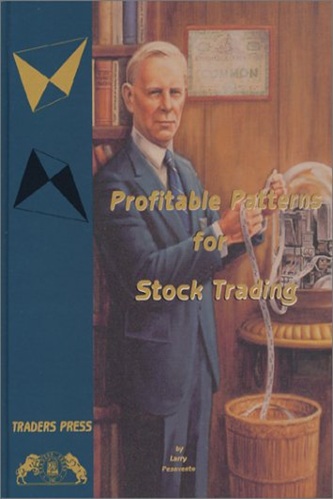
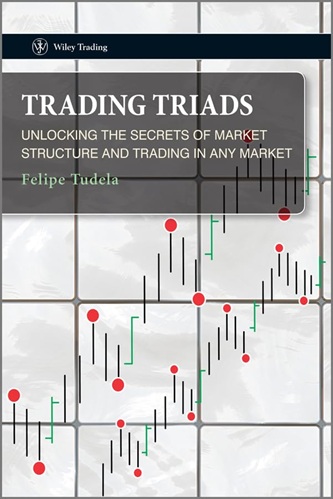
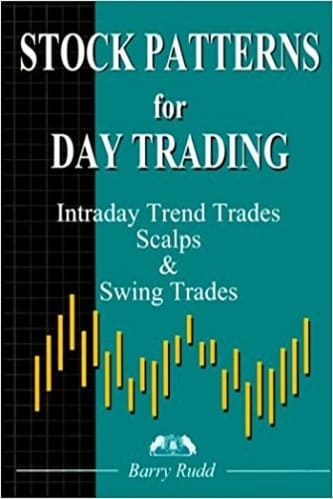
Dexter McPherson (verified owner) –
I have read about fundamental analysis, I have read about technical analysis, and so on – but this is the first book to put it all together in a way that makes sense for the non-specialist investor. OK, it is quite mathematical, but with backing from people such as Martin Pring and Merrill Lynch’s Dan Kapetinakis, it is certainly worth the effort. The Author’s Notes on the web-site at […] give some indication of how the book is structured, which also helps.
Zavier Gilmore (verified owner) –
The instant we began classifying seemingly random events into recurring configurations we discovered patterns; that day our simian ancestors gained an incontestable advantage over other species. Later, the ability to detect patterns was so vital to our survival that it became an innate evolutionary skill. Using these skills in the markets can make you loose your shirt. And even with proper training-one of the objectives of Dr. Satchwell’s book-recognizing valid patterns is still a matter of understanding probabilities.
There are a few classic studies (Working’s and Slutzky’s in the 1930s, and Robert’s in 1959) that play havoc with our supposed chart-pattern recognition abilities. Essentially, these statisticians plotted randomly generated data on graph paper. They then showed the charts to technical analysts who quickly started seeing rounded bottoms, symmetrical triangles, head-and-shoulder tops, and similar designs.
Dr. Satchwell’s book helps us distinguish between a possible chart pattern and a probable configuration; between a fake and a potential trade.
Ace Bentley (verified owner) –
That it’s on “Irwin Trader’s Edge” is annoying indeed.
Okay, this book is for starting traders. And for beginners this book isn’t all that bad – I even say it’s quite okay, informative.
However if you’ve been trading for more than ump years already and still need advice on decision-making, stay away from this book. You’ll find books by Robert C Miner or Brett N Steenbarger helpful.
If you still want to spend that much money on a book with charts and patterns, buy the Encyclopedia of Chart Patterns by Thomas N Bulkowski instead. Lots of positive ratings and reviews.
Emmaline Spencer (verified owner) –
First, I rarely rate books since I don’t have that much time on my hand. But I must do so this time since this book is so bad that not only should I get a refund, I should get paid for the time I wasted to read it!
The Title of the book is and Trading Decisions. I brought this book based on the title when it first came out since there were no user ratings yet. It is the worst TA or Systems book out of the 10 or so that I have. The information provided is so vague that probably anyone who uses TAs to trade and has a college degree can write a more informed book. DO NOT BUY this book until you have actually seen it yourself in a book store. Once you do, try to really read it for at least 10 minutes and you will see for yourself how much jiberish there is in it. For example, he has a chapter in Exits and “explained” it in just 5-6 pages, with no technical ideas behind any of it. The whole book only has around 10 formulas or so.. for a book that is titled Pattern Recognition! (Oh, and in case you are still wondering, there’s is not a single “real” Pattern Recognition information in the book whatsoever.
For real Pattern Recognition & Trading Decisions, look for New Trading Sys and Methods – Perry Kaufman , and Professional Stock Trading: System Design – Conway. Even those books contain tradestation codes you may not find useful, the rest of the information provided is worth every penny of it.